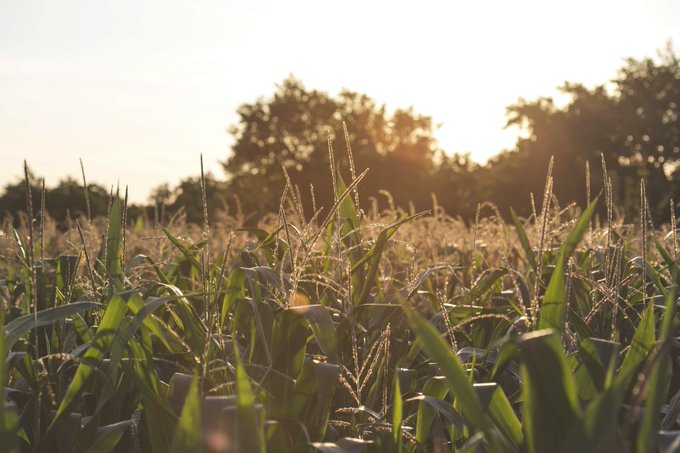|
Getting your Trinity Audio player ready…
|
Transform agricultural food systems to make them more efficient, inclusive, resilient, and sustainable for better production, nutrition, environment, and life for all, the Food and Agriculture Organization’s (FAO) said in The State of Food and Agriculture (SOFA) 2021 report.
Measures to contain the novel coronavirus disease (COVID-19) pandemic in 2020 disrupted global and national supply chains and caused economic disruptions in many countries. Loss of purchasing power harmed the food security and nutrition of billions of people, particularly in low-income countries and among the poorest.
Agri-food systems produce 11 billion tonnes of food each year and a multitude of non-food products, including 32 million tonnes of natural fibres and 4 billion tonnes of wood.
The estimated gross value of agricultural output in 2018 was $3.5 trillion. Primary production alone provides about a quarter of employment globally, more than half in sub-Saharan Africa and almost 60 percent in low-income countries.
A sustainable agri-food system is one in which a variety of sufficient, nutritious, and safe foods is available at an affordable price to everyone, and nobody is hungry or suffers from any form of malnutrition.
Agri-food systems include primary production, food supply chains, domestic transport networks, and households — and involve many interlinked actors. A shock in any component can spread rapidly throughout systems.
The fragility of agri-food systems can affect a large population: 3 billion already cannot afford a healthy diet. An additional 1 billion would join their ranks if a shock reduced their income by a third.
Food costs could increase for up to 845 million people if a disruption to critical transport links were to occur, SOFA 2021 said.
‘Sustainable transformation’
Sustainable transformation of the world’s agri-food systems is required for continuous access to sufficient, safe and nutritious food to all in the face of disruptions.
The FAO has developed a suite of resilience indicators designed to measure the robustness of primary production, the extent of food availability, and the degree of people’s physical and economic access to adequate food in countries worldwide.
These indicators can help assess the capacity of national agri-food systems to absorb the impact of any shock, which is a key aspect of resilience. The analysis showed that a country’s primary production sector is more resilient when it produces a diverse mix of food and non-food products and sells them to a wide range of markets, both domestic and international.
This is a configuration mainly seen in higher-income countries or those with a large agri-food base.
In terms of food availability, however, analysis of multiple sourcing pathways for crop, fish, and livestock commodities showed that lower-income countries had diversity comparable to that of larger and higher-income countries.
Another important aspect underscored by SOFA was that low-income countries faced much bigger challenges in ensuring physical access to food through transport networks, a key to keeping agri-food supply chains active.
Analysis of data from 90 countries showed that if main transport routes were disrupted, many low-income countries, in particular, would have limited capacity to decentralise food distribution or use alternative delivery routes.
For nearly half the countries analysed, the closure of critical network links would increase local transport time by 20 per cent or more, thereby increasing costs and food prices for consumers.
International consensus has grown around the idea that transforming agri-food systems towards greater efficiency, resilience, inclusiveness, and sustainability is an essential condition for realising the 2030 Agenda for Sustainable Development.
Momentum for change led to the first-ever United Nations Food Systems Summit in September 2021, which agreed on innovative solutions and strategies to transform agri-food systems and leverage those changes to deliver progress across all Sustainable Development Goals mandated by the United Nations (SDG).
More than 150 countries made commitments to transform their food systems, pledging greater participation and equity among farmers, women, youth, and indigenous groups.
The COVID-19 pandemic left the fragilities of national agri-food systems widely exposed. Agri-food systems employ 4 billion people directly or indirectly.
The agri-food sector, including forestry and fisheries, also accounts for a third of the anthropogenic greenhouse gas emissions driving climate change. It occupies 37 percent of the Earth’s land area.
Agri-food system, therefore, plays an essential role in realising other SDGs related to poverty, resource and energy efficiency, cleaner economies, and healthy aquatic and terrestrial ecosystems.
Source: Down to Earth
